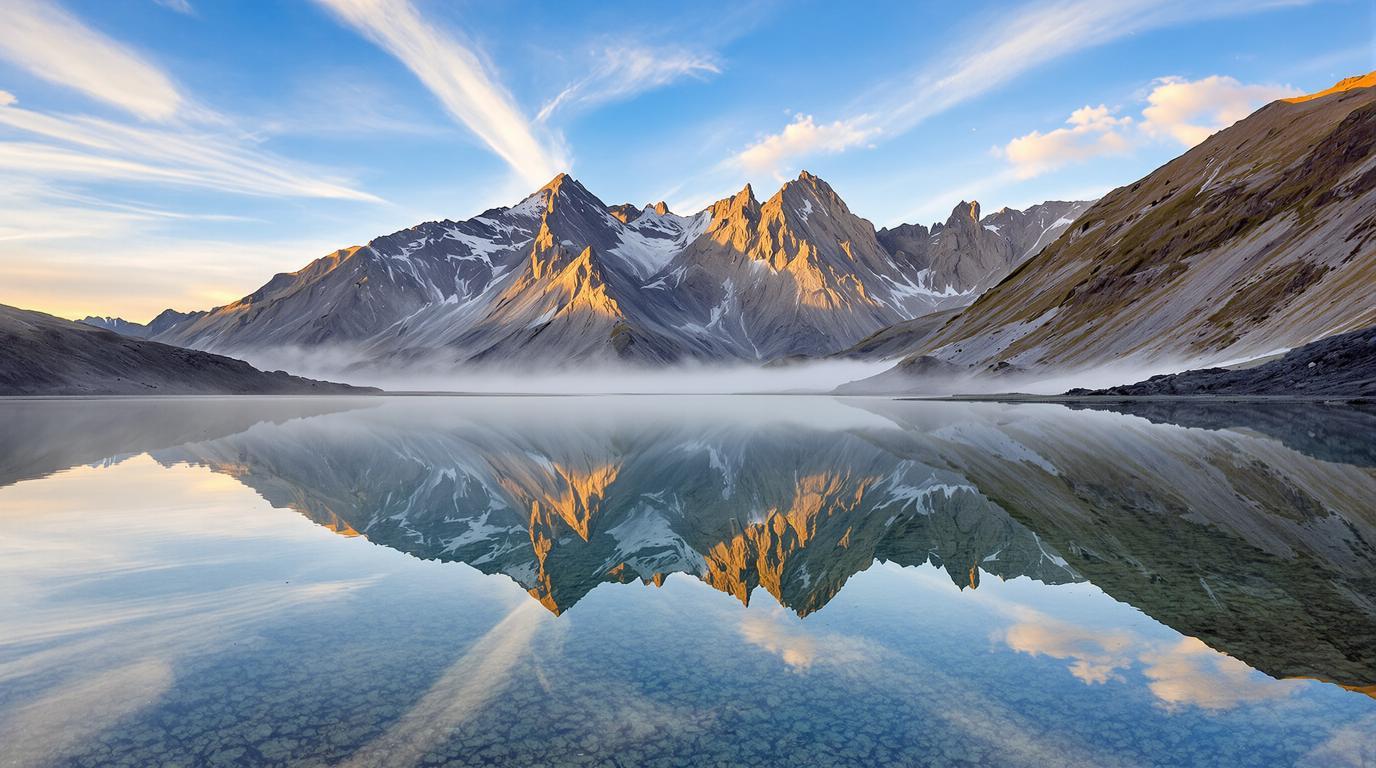When a volcano creates a tranquil lake, the result is nothing short of magical. Hidden in the heart of France’s Auvergne region, Lac d’Aydat sits as a shimmering reminder of nature’s explosive past and serene present. This 65-hectare body of water was born approximately 8,500 years ago when lava flows from the nearby Puy de la Vache and Puy de Lassolas volcanoes blocked the Veyre River, creating what is now the largest natural lake in Auvergne.
Nature’s explosive masterpiece
Unlike the dramatic volcanic landscapes of Santorini’s caldera, Lac d’Aydat offers a more subtle volcanic experience. The serene blue waters belie its fiery origins. Standing on its shores, you’re surrounded by the rolling green hills of the Chaîne des Puys – a UNESCO World Heritage site featuring 80 dormant volcanoes that punctuate the landscape like sleeping giants.
A mirror for the changing seasons
The lake transforms dramatically with the seasons. In summer, its crystal-clear waters reflect azure skies, while autumn paints the surrounding forests in burnt oranges and deep reds that double their magnificence in the lake’s surface. Winter often brings a misty stillness that gives the volcanic setting an almost otherworldly quality.
“The lake changes its personality with every season. That’s why locals come back again and again – it’s never quite the same lake twice,” explains Jean Moreau, a hiking guide who has led tours around Lac d’Aydat for over 20 years.
The perfect volcanic loop
The most beloved activity here is the 5.5-kilometer walking path that encircles the lake. This gentle trail takes less than two hours to complete and offers constantly changing perspectives of the water and surrounding volcanic peaks. Early morning walkers are often rewarded with mirror-like reflections when the water sits perfectly still before the day’s activities begin.
Water adventures in a volcanic cradle
During summer months, the lake becomes a hub of activity. The supervised swimming area fills with families, while kayaks, paddleboards, and small sailing boats dot the water’s surface. Unlike the Caribbean’s impossibly turquoise waters, Lac d’Aydat’s deep blue hue comes from its volcanic origins and significant depth of 15 meters.
Following ancient lava flows
For the more adventurous, hiking trails GR30 and GR441 pass near the lake, offering opportunities to explore the volcanic terrain that shaped this landscape. These paths trace ancient lava flows and climb to viewpoints that reveal the lake’s volcanic context from above.
Local flavors of the volcanic soil
The volcanic soil surrounding Lac d’Aydat has created perfect conditions for distinctive local produce. Nearby towns like Saint-Nectaire are famous for their cheeses, which develop unique flavors from the mineral-rich grass that cattle graze upon. Unlike Italy’s colorful cliff villages, the charm here is more subtle but equally authentic.
“Our volcanic soil gives everything we grow a character you can’t find elsewhere,” says Marie Dubois, a local cheese producer. “From our cheeses to our vegetables, everything tastes of the earth’s fire.”
Practical visitor information
The lake is most accessible during summer months when a shuttle bus runs from Clermont-Ferrand (just 22 minutes away by car). For those seeking untouched natural beauty without Pacific island remoteness, Lac d’Aydat offers the perfect compromise. Several camping options and small inns provide accommodation for extended stays.
The ideal photography canvas
Photographers flock to Lac d’Aydat for its varied lighting conditions and reflective qualities. Early morning mist rising from the water creates ethereal scenes, while sunset paints the lake and surrounding volcanoes in golden hues reminiscent of cathedrals rising from ashes – a natural spectacle of rebirth and beauty.
As you stand by the shores of Lac d’Aydat, watching light play across its volcanic waters, you’re witnessing a landscape that has transformed from violent eruption to peaceful beauty – nature’s reminder that even the most explosive beginnings can lead to tranquil endings. This volcanic jewel, hidden in France’s interior, offers a rare glimpse into Earth’s fiery past while providing a serene escape from the modern world.
